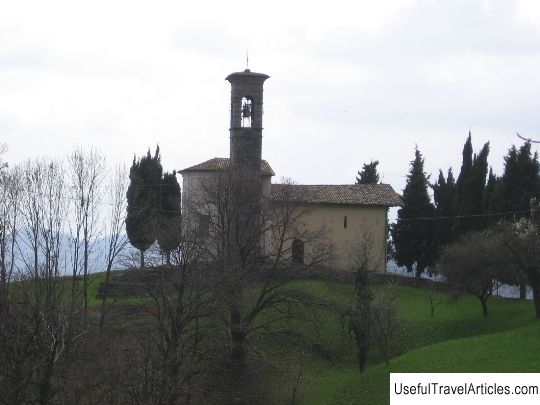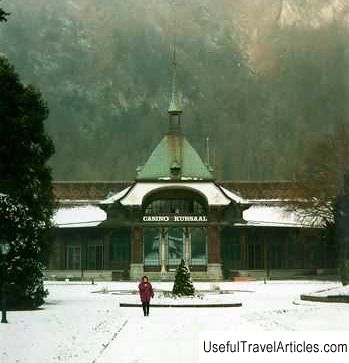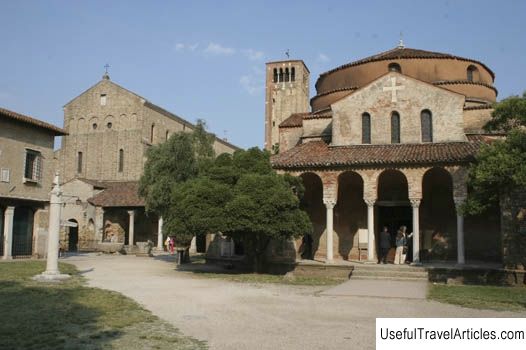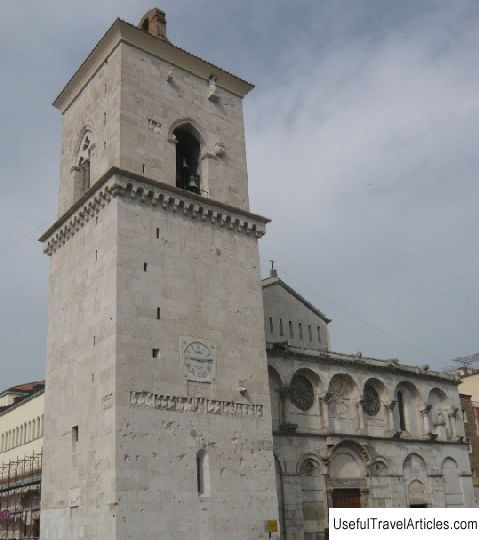Church of Santa Maria Assunta (Chiesa di Santa Maria Assunta) description and photos - Italy: Positano
Rating: 7,8/10 (300 votes) 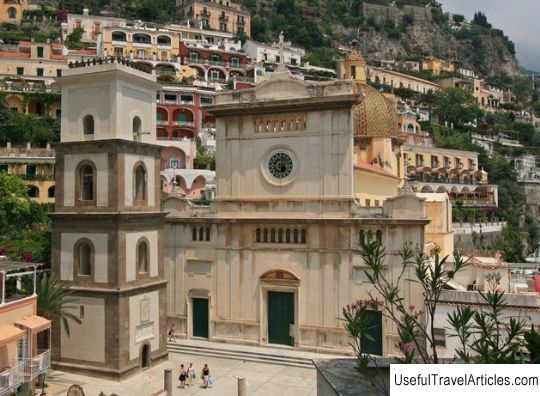
Church of Santa Maria Assunta (Chiesa di Santa Maria Assunta) description and photos - Italy: Positano. Detailed information about the attraction. Description, photographs and a map showing the nearest significant objects. The title in English is Chiesa di Santa Maria Assunta. Photo and descriptionThe Church of Santa Maria Assunta is the main church of the resort town of Positano, located in its very center on Piazza Flavio Gioia, and one of the most beautiful on the Amalfi Riviera. Built around the 10th century, it stands out for its beautiful majolica-covered dome. Fragments of ancient Byzantine mosaics have been preserved in the apse. And at the throne you can see a 12th-century Byzantine altarpiece depicting the Black Madonna and Child. Local legend says that a long time ago a ship sailing from the Far East stopped at Positano and could not sail further due to the weather. And once a voice from heaven ordered the ship's crew to leave the icon of the Blessed Virgin Mary in the city - the vow was fulfilled, and soon the ship successfully sailed off. According to another, similar legend, the Saracens once stole the icon depicting the Black Madonna from Byzantium. However, a terrible storm caught them off the coast of Positano, and the robbers could not leave the city. And only when suddenly a mysterious voice rang out - “Put it back! Put it down! ”The frightened Saracens returned the icon to the shore. At the same moment, the storm stopped. By the way, the very name of the town - Positano - comes from the same legend: in Latin the phrase "put" sounds like "pose". The current appearance of the Church of Santa Maria Assunta is the result of restorations carried out in the 18th century. Stucco and gold decorations adorn the three naves with five arches and the walnut choir in the side apse. In one of the side chapels, you can see the 1599 painting by Fabrizio Santafede "Chirconchicione", and in the chapel, dedicated to Saint Nicholas of Bari (San Nicola di Bari), there is a nativity scene with shepherds made in the 18th century. Finally, in the chapel of San Stefano, there is a wooden statue of the Virgin Mary with Jesus from the 18th century. The arch between the right side aisle and the transept is decorated with a bas-relief dated 1506. And right in front of it is the tombstone of Pirro Giovanni Campanille, a priest from Naples. A few steps from the church building there is a wonderful bell tower, built in 1707 by the Capuchin monks. Above the door leading to the bell tower, you can see a bas-relief from the Middle Ages, and even higher - the tombstone of Flavio Gioia, the inventor of the compass. The Church of Santa Maria Assunta has always been an excellent example of medieval architecture, and its history is closely related to the history of the Benedictine monastery of Santa Maria. According to legend, the monastery was erected in honor of the very icon of the Black Madonna and Child, which is still revered by the locals. The monastery had a certain political weight until the first half of the 15th century, when the last Benedictine abbot Antonio Acchapaccia and his novices, tired of constant raids from pirates, left the building. Several years later, the monastery church was handed over to Nicola Mirobali, who later became Bishop of Amalfi. Unfortunately, despite the restoration work of the early 17th century, the church gradually fell into decay. Only in 1777, a large-scale reconstruction began, which ended six years later with the hoisting of a golden crown over the icon of the Black Madonna and Child.       We also recommend reading Arlbergtunnel description and photos - Austria: St. Anton Topic: Church of Santa Maria Assunta (Chiesa di Santa Maria Assunta) description and photos - Italy: Positano. |
